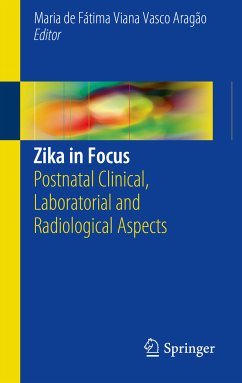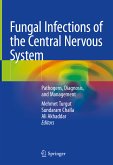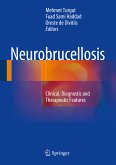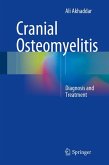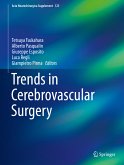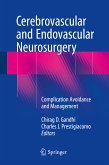This book addresses the most important postnatal features of Zika virus infection, providing important information on its epidemiology, pathology, clinical aspects, imaging and laboratory diagnosis. Since the report of a Zika virus infection epidemic in Northeastern Brazil in 2015, the world has paid close attention to this emergent disease. Historically, this has been the third outbreak of Zika infection described (preceded by outbreaks in Micronesia and French Polynesia), but for the first time the association with congenital microcephaly and other neurological co-morbidities in infants from women infected with the Zika virus was observed. Since then, government bodies, public health agencies, medical societies and scholars have joined forces to understand this disease, and to promote its prevention and management.
Currently, the relationship between Zika virus and microcephaly is well established, as well as the most characteristic findings of congenital Zika syndrome (e.g. microcephaly, arthrogryposis, ophthalmologic and hearing abnormalities). Also, the spectrum of the disease's severity has broadened, with less severe cases (without microcephaly) being recently recognized. Even so, there is currently a dearth of material on Zika virus infection for healthcare professional around the world.
Addressing that gap, Zika In Focus - Postnatal Aspects aims to help the medical community worldwide by presenting the most important features of Zika virus infection from a postnatal perspective. It is intended to all professionals and researchers interested in this condition, especially paediatricians, radiologists and neurologists, offering them a practical guide to recognizing congenital Zika syndrome in its many aspects and focusing on the radiological pattern of lesions that can be found from the mild to the most severe cases.
Dieser Download kann aus rechtlichen Gründen nur mit Rechnungsadresse in A, B, BG, CY, CZ, D, DK, EW, E, FIN, F, GR, HR, H, IRL, I, LT, L, LR, M, NL, PL, P, R, S, SLO, SK ausgeliefert werden.

